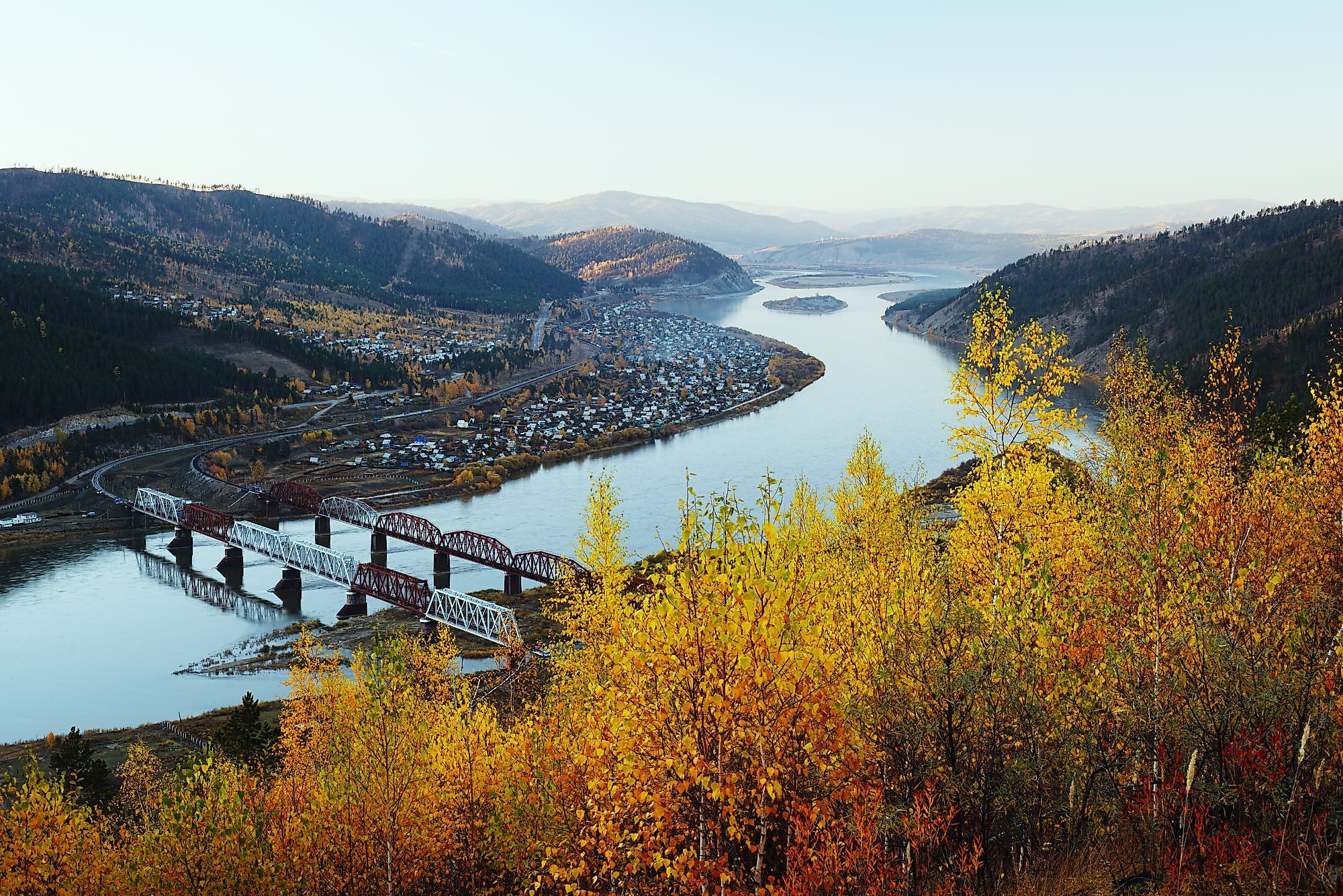
Selenga River
Selenga River is a major transboundary waterway in East Asia and Lake Baikal’s largest tributary, accounting for about half of the Lake’s surface water influx. It forms at the confluence of Delgermoron and Ider Rivers in Khovsgol, Mongolia, and flows northeastwards for 1,480 kilometers before emptying into Lake Baikal in Russia. The river forms a delta as it drains into the lake, with the river delta declared a Ramsar Site. The Selenga River basin is located in a semi-arid region and covers approximately 447,000 square kilometers. Its basin is a sub-basin of the Arctic Ocean Basin and experiences warm summer and harsh winter. The name “Selenga” is a Mongolian word for “to swim.”
Overview of the River
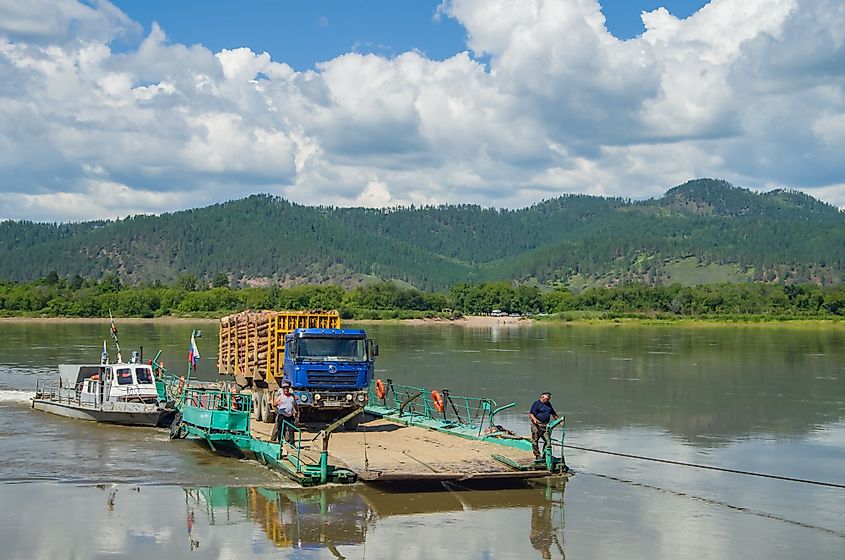
The headwaters of the Selenga River lie in the Sangilen Mountains on the Mongolia-Russia border and Hangayn Mountains in south Mongolia. Selenga is Mongolia’s main river and water source flowing into Lake Baikal. The river is about 1,480 kilometers long and drains an area of approximately 447,000 square kilometers. It discharges an average of 284 cubic meters of water per second into Lake Baikal. The Selenga floods periodically, with 26 floods recorded between the 18th and 20th centuries. The largest tributaries draining into Selenga include Ider, Orkhon, Khanul, Chikoy, Delger, Dzhida, Khilok, and Uda. The Selenga River forms a delta in the Republic of Buryatia, with the wetland area hosting several endemic and threatened species, including over 150 bird species.
River Course
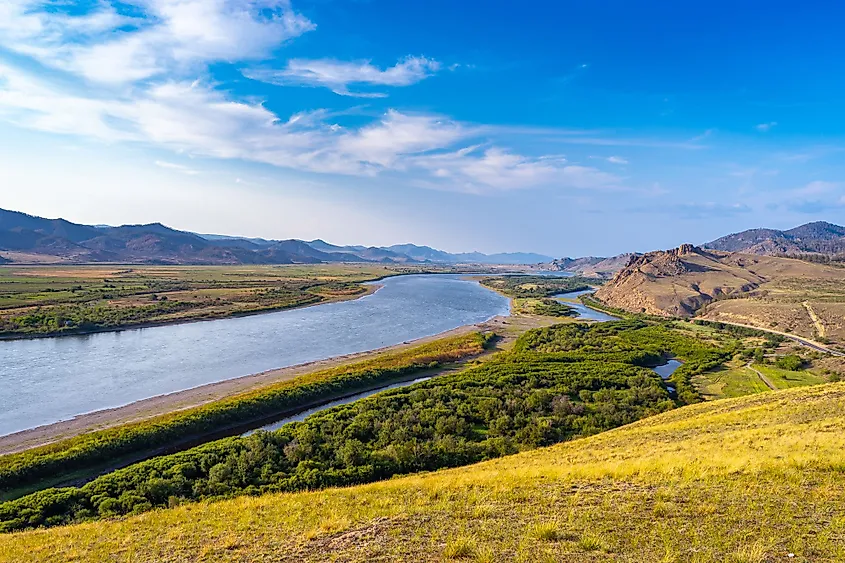
Selenga River originates in Khovsgol, Mongolia, at the confluence Delgermoron and Ider Rivers. The Ider River rises from the Khangai Range in central Mongolia and flows eastwards. It receives the Chuluut River before joining the Delgermoron River in Khovsgol. The Delgermoron River originates from the Ulaan Taiga Range close to the Russia-Mongolia border and flows southwestwards for about 445 kilometers before meeting the Ider River at Tomorbulag in Khovsgol. The Selenga River flows northeastwards from the confluence of Delger and Ider. It first receives Egiin Gol River, then Orkhon River near Suhbaatar, before crossing into Russia. Shortly after crossing into Russia, the river bends eastwards to Ulan-Ude, then north to Tataurovo. Then it bends westwards and forms a 40-km-wide delta as it flows into Lake Baikal.
Brief History
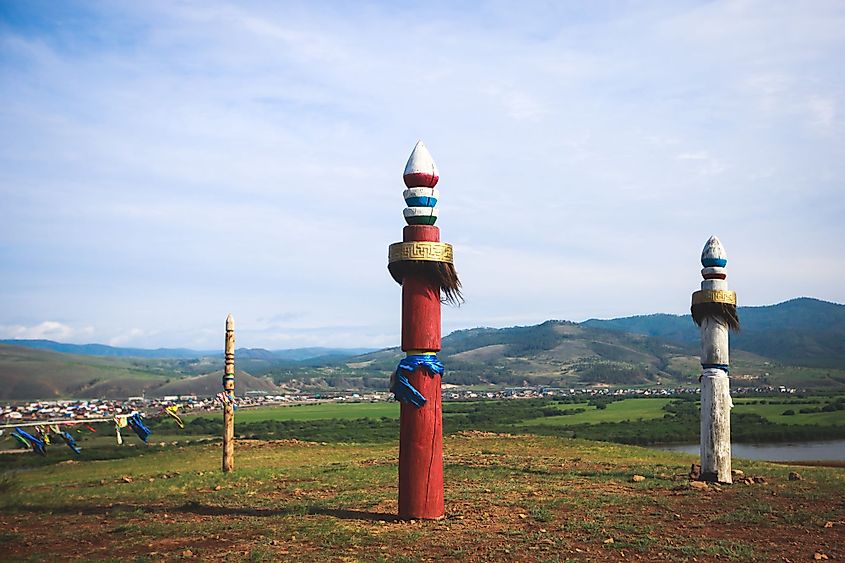
Several stone artifacts discovered in the Selenga River basin in the 19th century indicates that Native Americans and their East Asian ancestors may have inhabited the region. Additional stone artifacts and ancient sites in the 20th century also suggest the presence of Paleolithic culture in the area. Selenga River has a long history of periodic floods, with the river basin experiencing four high flooding periods between 1902 and 1998. However, the river has experienced three catastrophic or large floods. The first catastrophic flooding occurred on August 1, 1830, when the banks of Selenga and its tributaries burst. Five days later, the water flooded Ulan-Ude, with the city’s water level reaching 4.2m. The floods damaged 54 buildings and destroyed pasturelands and hayfields. The river also flooded in 1869 and 1897, though the floods did not heavily impact the area as the 1830 flood. Selenga River has been modified to support hydropower generation in Russia and may soon have another power plant in Mongolia. The Irkutsk Hydroelectric power plant constructed on the Angara River causes Lake Baikal’s water level to fluctuate and causes waterlogging to a part of the Selenga Delta. Mongolia’s plan to construct a hydropower plant has been protested by environmentalists who fear such a project may affect several species and their habitats. The Shuren Hydropower Plant Project was initiated in 2013, with the World Bank freezing the tender process in 2017.
Wildlife
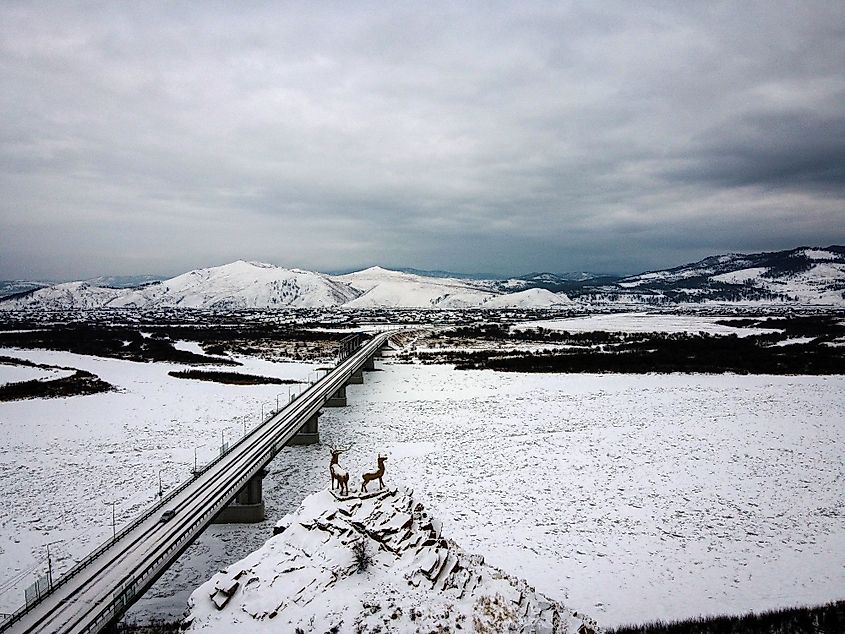
Selenga River is home to several endemic fish species including Kessler’s sculpins. The Siberian Baikal sturgeons breed in the river and migrate into Lake Baikal during warm seasons and summer floods. The river delta is home to over 170 breeding and migrating bird species. The migrating bird species include saker falcons, gyr falcons, peregrine falcons, swan goose, imperial eagle, and golden eagles. The breeding bird species in the river delta include snipe-billed godwit, whooper swan, water-rail, corncrake, and azure tit. Other common species along the river bank are brown long-eared bat, Ikonnikov’s bat, Baikal grayling, and Mongolian toad.











